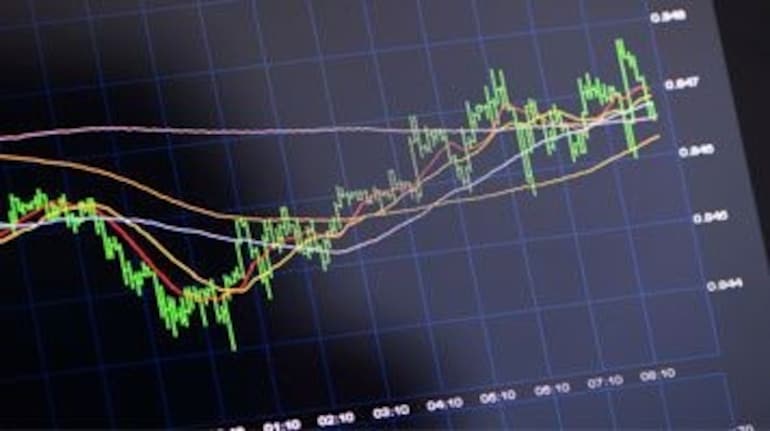



Price Earnings ratio is the ratio of company’s current share price to its earnings per share. It gives us an idea of what the market is willing to pay for company’s earnings. It also indicates how the stock is valued in the market.
How to interpret PEGenerally a high PE ratio suggests that market participants are bullish on the stock and expect the company to post higher earnings growth going forward. However, it can also be interpreted as an overpriced stock in some cases.
A low PE ratio can either be interpreted as an undervalued stock or market participants are not too bullish on the company’s future earnings growth.
The above may not always hold true as the PE ratio varies from industry to industry. Traditionally there are certain sectors like diamonds, fertilizers or sectors that are very cyclical and command a low PE ratio. There are certain sectors like FMCG, Pharma, IT that normally have a higher PE. So the PE ratio of a company should either be compared with its peers having parallel business activity and of similar size or with its historical PE to evaluate whether a stock is undervalued or overvalued.
FormulaPE ratio = Stock Price/Earnings per share
ExampleCurrent market Price Rs 100EPS Rs 10P/E: 10 (100/10)
Discover the latest Business News, Sensex, and Nifty updates. Obtain Personal Finance insights, tax queries, and expert opinions on Moneycontrol or download the Moneycontrol App to stay updated!
Find the best of Al News in one place, specially curated for you every weekend.
Stay on top of the latest tech trends and biggest startup news.